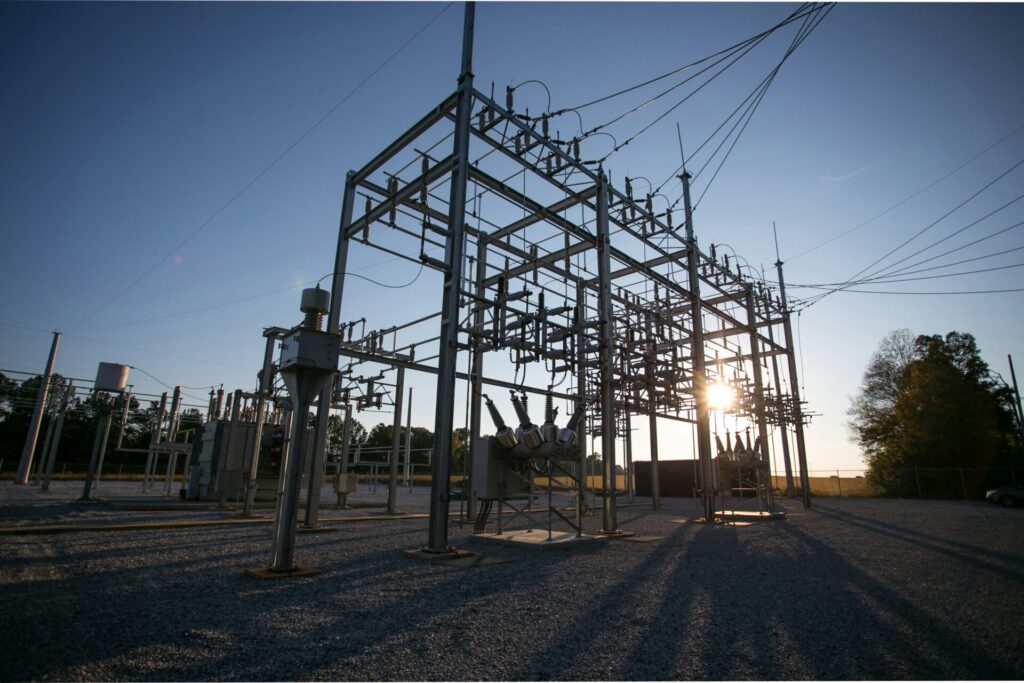How Do You Design for Complexity Without Overwhelming Users?
When I first started exploring UX/UI at Transcend, I quickly learned that designing for technical systems is very different from building everyday consumer apps. At Transcend, we have built the Transcend Design Generator (TDG), a platform that integrates process, mechanical, and civil design logic to generate infrastructure designs such as wastewater treatment plants and electrical substations.
TDG is powerful, but with that power comes complexity. Each design involves thousands of potential inputs. Of course, not everything is mandatory and many fields have default values, but the challenge remains the same.
As infrastructure design becomes more digital, UX is no longer just about making a tool pleasant to use. It shapes how engineers think, make decisions and collaborate. The way information appears on the screen can guide an engineer toward better, faster choices. That is why design in a system like TDG goes far beyond appearance, it influences how entire projects take shape.
But turning this idea into real design decisions is a different story. Every choice on the screen affects how users experience complexity.
Show too much at once and users face cognitive overload.
Show too little and engineers feel like they don’t have enough control over the results.
This paradox sits at the heart of our UX work. For me, it is the most fascinating part of my job, and this is how I learned to master it.
My First Steps into UX/UI
A few years ago, I was still a product owner at Transcend. Around Christmas, I started teaching myself UX/UI because I was not happy with how our system looked and felt. I read articles, took online courses, and studied the basics. It all seemed straightforward until I actually tried designing.
Suddenly, everything that looked simple in theory became complicated in practice. What should go on this page? How many inputs are too many? What deserves a tooltip?
That first redesign focused mostly on visuals and rules: consistent navigation, limiting visible inputs, and moving less critical details into an “advanced” section. Management liked the plan, and in a few months, we rolled out the changes for the customers. That moment was a turning point for me not just because of the redesign itself, but because I realized UX/UI in technical systems is never really finished.
A Real Example: The Flow Page
Take our Data / Flow page as an example (screenshot below). On the surface, it looks like a standard form. But behind the design there are deliberate choices.
- Steppers and subpages: Instead of one giant wall of inputs, projects are broken into logical sections and steps.
- Defaults and typical values: Users can insert our recommended values with a click instead of starting from scratch.
- Tooltips: Terms like “Design flow” can mean different things in different regions or companies. Tooltips clarify both definitions and how inputs are used.
- Advanced section: By default, only the essentials are visible. Users who need full control can expand advanced options when necessary.
This way, a page with potentially overwhelming detail becomes approachable, even for someone who is not an expert.
Our Guiding Principles
Over time we have developed a set of principles that guide how we design across TDG.
- Start broad, move to detail. Early pages capture general project information such as location and unit system, while later steps refine the specifics.
- Only slow users down when necessary. With default values and sensible progressions, even a newcomer can click through quickly and generate a first design, then polish it later.
- Uniformity matters. Keeping a consistent look and feel across modules prevents confusion as users move from one context to another.
- Empathy comes first. The system must serve both new users who need guidance and engineers who want ultimate control.
These principles do not solve every challenge, but they help us strike a balance between clarity and flexibility.
Why There Is No Universal Solution
One of the hardest lessons I have learned is that there is no single right answer. Engineers, for example, often want every possible input visible from the start. Users new to TDG prefer simplicity and defaults. Both needs are valid.
The truth is, designing UI for complex systems will always involve trade-offs. The goal is not to eliminate the tension between simplicity and control, but to manage it thoughtfully, step by step, feature by feature.
And that is why UX/UI in TDG is never finished. Each new feature brings the same balancing act. Each iteration teaches us something new.
Closing Reflection
Complexity isn’t the enemy of good design. It’s the reason good design exists.
The challenge of balancing complexity and clarity never goes away. But that is what makes UX/UI design in technical systems so rewarding. There is no universal solution, only best practices, empathy, and a willingness to see the system through the eyes of the user.
If you are designing complex tools yourself, take a moment to step back and ask: Are we helping the user move forward with confidence, or are we slowing them down with unnecessary details? That question has guided us at Transcend, and it can guide you too.






